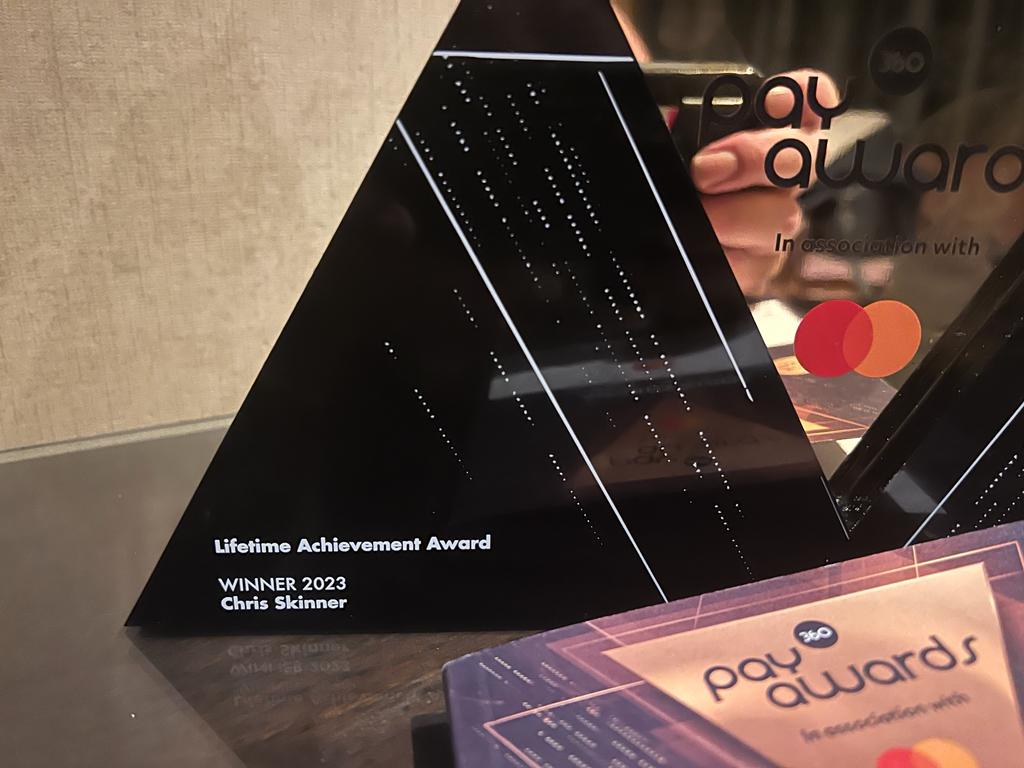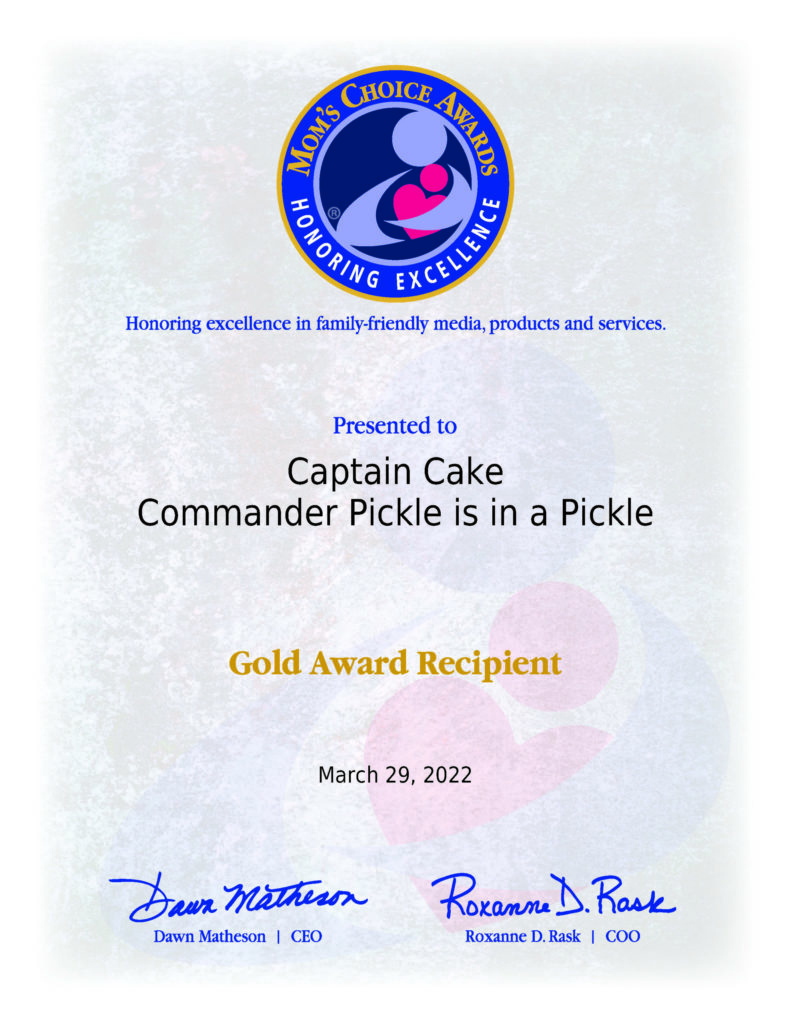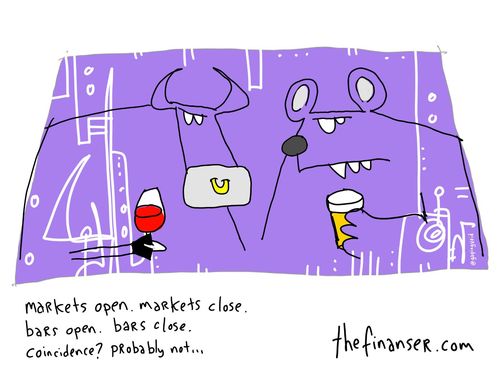Another lengthy chat about the speed, or lack of speed, in banking innovations.
Right now we’re seeing this massive change in the end user devices for payments and access, with every mobile telephone on the planet becoming a contactless point of sale and purchase.
The fact that Square has over 800,000 merchants and is processing over $1 billion a year is proof of such point, as is M-PESA’s transacting more than 20% of Kenya’s GDP.
In other words, we have reached a tipping point where billions of transaction engines for payments and finance are now in the hands of every person on this planet.
And yet the speed of adoption and innovation in banking of such change is incredibly slow.
Sure, banks have rolled out apps but, until the smartphone revolution, most ignored such devices.
Even apps are not necessarily used with any rigour, as many report their apps are just sitting on people’s phones and never accessed.
And the idea of focusing upon mobile wallets using NFC is like asking a banker to be a rock star. It doesn’t come easy.
This was well illustrated by my favourite story of talking to the UK Payments Council shortly after Chip & PIN was introduced.
Chip & PIN was seen as a solution to UK fraud in the late 1990s and was agreed as a collaborative industry change in 2000.
Solutions were identified and developed collaboratively thereafter, with the final schedule agreed in 2003.
The actual Chip & PIN scheme was introduced in 2005 and made mandatory in 2006.
In other words, over a course of six years, the industry managed to implement something.
But, by the time they implemented, a lot had changed.
Mobile fraud alerts were in heavy usage in many countries, particularly across Eastern Europe and Russia, as a cheap alternative to Chip & PIN.
When I asked the Payments Council management why they had not gone down this track, they told me that when they were considering solutions mobile telephony was still too early in its lifecycle to be appropriate.
It may have been in 2000 or 2001 but, by 2006, it would have made sense.
This comment provoked a lengthy debate about the collaborative nature of change in the financial industry, and the fact that it’s not just the industry that has to change but, afterwards, the merchants and more.
In other words, it’s a seven-year cycle to get the financial players lined up, then a couple more to convince their merchants and retail customers, and financially you can get something done.
There’s also a huge regulatory backdrop of change to this as well, with decade-long programmes like SEPA illustrating the snail’s pace well,
Meanwhile, telcos can agree a move in weeks.
This is the danger: the stagnant pool of change in banking allows the innovator to circumvent them.
Or it just a case that of the hare and the tortoise, with the tortoise being protected by the fact that the hare cannot jump into the racing lane with them?
Chris M Skinner
Chris Skinner is best known as an independent commentator on the financial markets through his blog, TheFinanser.com, as author of the bestselling book Digital Bank, and Chair of the European networking forum the Financial Services Club. He has been voted one of the most influential people in banking by The Financial Brand (as well as one of the best blogs), a FinTech Titan (Next Bank), one of the Fintech Leaders you need to follow (City AM, Deluxe and Jax Finance), as well as one of the Top 40 most influential people in financial technology by the Wall Street Journal's Financial News. To learn more click here...




















